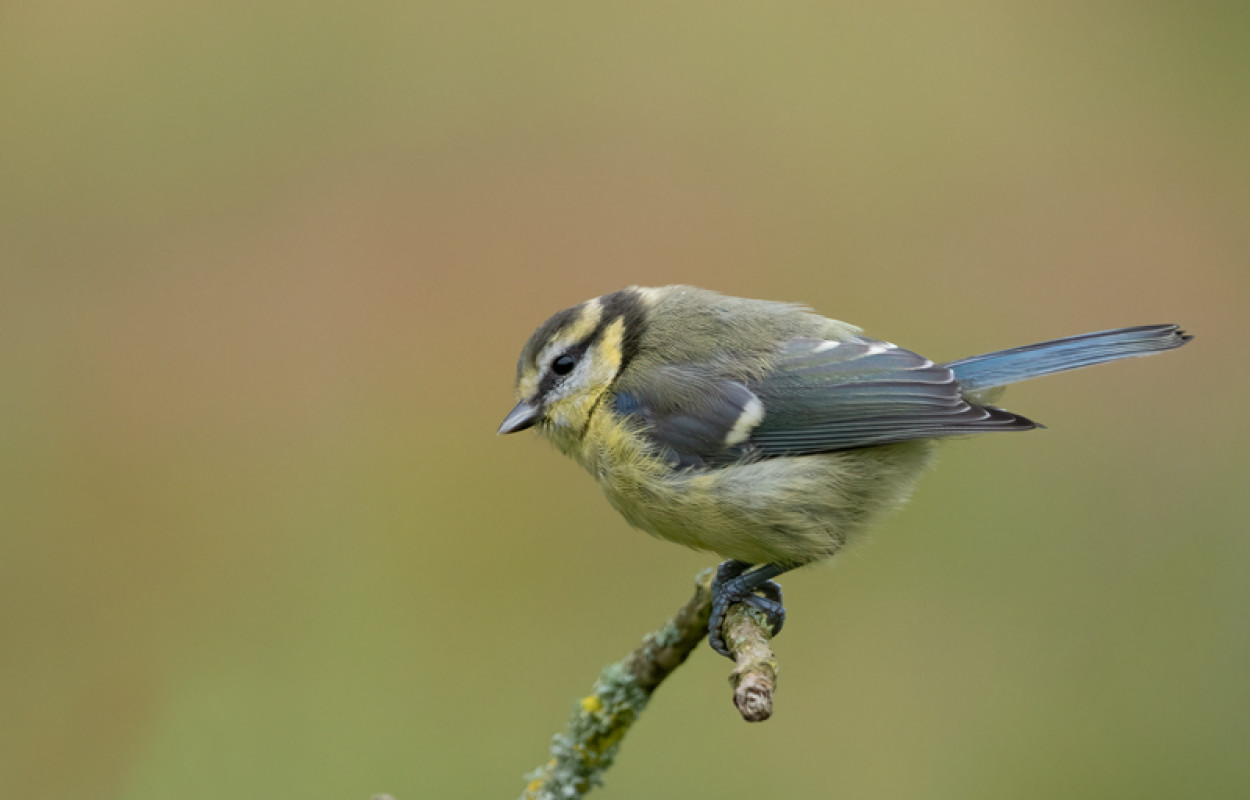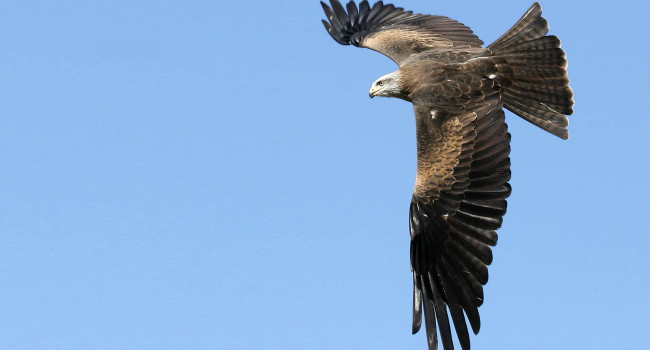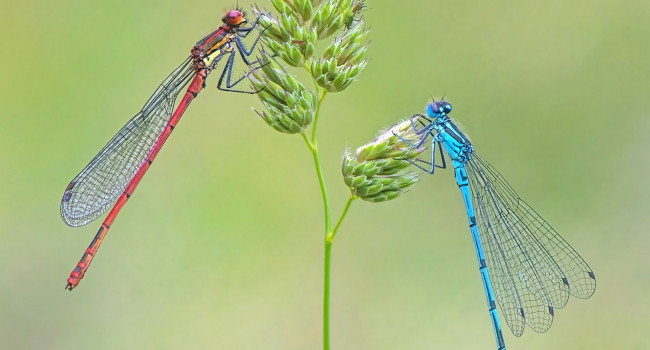The phenology and clutch size of UK Blue Tits does not differ with woodland composition

Author(s): Branston, C.J., Whittingham, M.J., Phillimore, A.B., Leech, D. & Willis, S.G.
Published: June 2023
Journal: Ibis
Article No.: 13248
Digital Identifier No. (DOI): 10.1111/ibi.13248
Abstract
The deciduous tree-herbivorous caterpillar-insectivorous bird food chain is a well-studied system for investigating the impacts of climate change across trophic levels. To date, across Europe, most attention has focused on the impacts of increasing spring temperature on changes to phenology in oak-dominated (Quercus spp.) woodlands. Paridae species and Pied Flycatcher Ficedula hypoleuca are the most studied secondary consumers, all of which demonstrate an advancement in reproductive phenology with increases in spring temperature.
Shifts in climate and phenology may also impact on reproductive investment in clutch size, and the effects of climate on phenology and clutch size may vary depending on woodland composition. To date, the effects of among-habitat variation in phenology and reproductive investment have received little attention. Insectivorous birds inhabiting woodlands that differ in tree composition may differ in the timing of breeding, due to local tree leafing phenology acting as a cue for egg-laying date and/or clutch size. Moreover, for most insectivorous birds, woodland composition within a territory is likely to be the main determinant of food availability for both adults and chicks. Consequently, if warming springs affect the temporal patterns of food availability differently across different woodland compositions, this may affect the optimal average local phenology for nesting birds.
Here, using data from 34 long-term (mean 15 years) nest monitoring sites across the UK, we investigate the effect of woodland tree composition and temperature on Blue Tit Cyanistes caeruleus first egg date (FED) and clutch size. We supplemented the nest monitoring data by quantifying woodland composition, at a site level, through modified point counts.
We predict that birds breeding in woodlands with greater proportions of late-leafing species, such as oak and Ash Fraxinus excelsior, will breed later than those breeding in woodlands with greater proportions of early-leafing species, such as birch Betula spp. and Beech Fagus sylvatica. We found no evidence for differences in Blue Tit FED or clutch size in relation to the proportion of any of the tree species investigated, after controlling for temperature and latitude (FED: −3.4 and 2.2, clutch size: −0.4 and − 0.2 eggs for one-unit increase in temperature and latitude, respectively).
In recent decades and across all sites, clutch size has decreased as spring temperatures have increased, a strategy which could allow birds flexibly to adjust their breeding phenology such that nestling demand coincides with peak food availability. The lack of an effect of woodland composition on Blue Tit phenology suggests Blue Tits do not fine-tune their reproductive phenology to the local tree composition. Whether this lack of evidence for phenological divergence is due to an absence of divergent selection on breeding phenology and clutch size or to gene flow is not clear.







Share this page